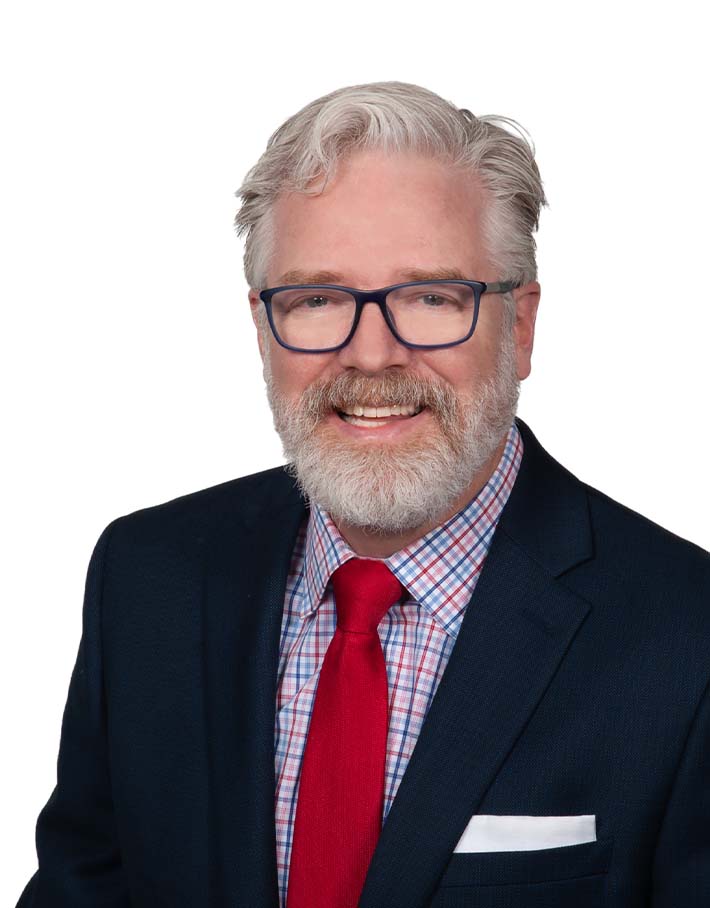Retirement Planning Software – Selection & Implementation Considerations
Subscribe to our original industry insights
As advisors build out their financial planning business, they gather a lot of data and over the years, the strategy of the firm can change. That may mean it’s a good time to change from a software application that’s more cash flow to one that’s more goal-oriented, or vice versa. As a follow-up to last week’s high-level overview of the software selection process, Bill Davis offers the best approaches for advisors to take when selecting and implementing retirement plan software.
When your firm is faced with scalability and efficiency challenges or the focus and philosophy of the firm changes, it may be time to change or upgrade antiquated or under-sized systems. Oyster can provide a proven framework for assessing your needs, gathering requirements, preparing the Request for Proposal (RFP) and scoring the responses. Our consultants provide their change management expertise to help you transition between planning products. We can help you move to and navigate new Retirement Planning Software so you can spend more time creating plans and growing your business.
Transcript
Transcript provided by Temi transcript services
Oyster: Welcome to this week’s serving of Oyster Stew, a mix of financial services, commentary and insights. Each week, we’ll discuss what is happening in the industry, based on what we see as we work with regulators and clients. We hope you come away with the knowledge and tools to help you make the best decisions for your firm’s future.
Libby Hall: Hi everybody. I’m Libby Hall, your host for today’s podcast. As a follow-up to last week’s high-level overview of the software selection process, Bill Davis and I will be talking about the best approaches for advisors to take when selecting and implementing retirement plan software. Bill heads up our Planning Services team here at Oyster. He brings more than 35 years of experience and has managed large areas in brokerage operations, IRAs, clearing for RIAs and broker-dealers, compliance, digital advisors, self-directed institutional and retail relationship teams. So Bill, why would investment advisors want to consider changing their financial planning software?
Bill Davis: One of the big reasons is, as advisors build out their financial planning business, they gather a lot of data. And over the years, the strategy of the firm and the strategy of how they want to do their business changes. So they may want to change from a software application that’s more cash flow to one that’s more goal-oriented or vice versa, or one that specializes in one or the other. So that that’s one of the main reasons someone would change. When the direction of the firm changes the strategy around financial planning, it’s then finding the tool that fits best for their needs. So for a firm, when they start to think about this, it’s a lot of work, and sometimes I think firms don’t realize all of the things they have to do, especially if you’re a bigger firm. It’s really understanding the needs around the software, it’s looking at what other firms are doing and understanding what your peers are doing, looking at the different measurements or the volumes within your firm and what those are and how you’re tracking your models. So that can all help you as you create a flow and determining what’s the best financial software for your firm.
Libby Hall: So if I was an investment advisor and I’ve decided that, clearly, something needs to happen, what’s the best approach that I could take to start heading down this path?
Bill Davis: One of the things we would do and we would help with, and the approach you’d want to take especially at a larger firm, is to define what it is you want to do. What are the different things that need to happen and identify key milestones for when those things should happen? Look at what types of resource needs you have. Then figuring out what you want your overall model to look like and how you’re going to control that. These are things like identifying and managing risk and looking at issues. You might have gaps between the two software packages. It’s looking at what the key decision factors are and how you’re going to communicate moving from one plan to another. What is that communication going to look like? How are you going to establish, when you choose a software or even with the existing software, adoption to the planning application? How are you going to work with the FAs so that the new planning software is something that they favor and want to use? And then figuring out how you’re going to mentor the FAs to learn the software so that they’ll use it and use it efficiently so that they can spend more face time with their clients.
Libby Hall: If I was an investment advisor, this might sound like it’s an awful lot of time and an awful big effort to try to make, to do what I understand is going to make me probably more efficient and more effective. But I think it’s going to probably also take a lot of resources away from me trying to still be focused on growing my business. Are there resources available that can help me with this? Are there alternatives to me sitting there Googling and trying to figure out which are the best resources for me, and how do I go about trying to make this as easy as possible?
Bill Davis: Well, I can tell you from previous experience, it is a daunting task and it’s a lot to do. Fortunately, there are experts in the industry that are out there that that can help. One of the things that helps is to have somebody that can take the program management, the project management, somebody who can oversee the process to implement a financial planning tool and successfully move either from one provider to another one, or who can help a firm start up and to really get the financial process going. If you can outsource to a firm with that type of expertise, they can help significantly by taking all of that work off of an investment advisor and give them more time to spend with their clients and give them more time to focus on all the other things you have to do day in and day out.
If you hire or outsource for this type of work as you’re exploring your planning software options, and you’re thinking about either starting financial planning or moving from one software application to another, a lot of the intricate details of all the work that has to be done can be taken off your plate because these experts typically have done this a number of times, and they understand the flow of information that you have to gather. All of the work that goes around adoption with the financial plan application and working with IAs in order to get them to buy into the software and really use it efficiently so that they can spend more time doing other things other than trying to figure out how to use the software.
Libby Hall: Well, Bill, that’s good to know that there are resources out there. If I was going to go explore some of these and found firms that may be able to help me with this, what are some questions that I could ask them that would help me decide who’s going to be the best fit for me?
Bill Davis: I think most of the questions would center around trying to determine that the firm or the person has the expertise around the software applications that you’re looking at. So you might want to ask if they’re familiar with the different subscriptions that are offered and the different applications that are offered for financial planning. You might want to ask them if they understand capital market assumptions and whether or not you build your own capital market assumption, or you’re using the default within the software application. Are they familiar with, when you transition from one application to another, can you automatically move that data or is it more of a manual process? And if it’s automatically moved, how are you going to suggest helping us to make that move? Adoption rates – are you familiar with working with investment advisors and, and understanding how they will start to use the software? And how do you measure that going forward to ensure that we have success? And how you can implement those types of metrics and those plans as we move forward? Explain your current planning process to them and how that works and see what questions they have about how you operate today; and how you’re organized, what your thoughts are going forward to see what kind of questions they have there. And understand what type of expertise they have around the different planning software applications that you’re considering.
Bill Davis: I think really understanding the knowledge level of the person or the firm that you’re working with is extremely critical to making sure that your adoption of the new application, that you decide to go with, is a huge success.
Libby Hall: Thanks Bill, for sharing this with us today. I hope everyone found this informative and helpful. If you have any questions, please reach out to Oyster and we’ll be happy to help you with your needs.
Oyster: Thanks again, for listening to the Oyster Stew podcast. Don’t forget to subscribe so we can continue to bring you resources to help you make the best decisions for your firm. If you’re struggling with a topic and you’d like us to do a podcast on it, or you’d like a free consultation, feel free to reach out to us at (804) 965-5400 or by visiting our website at oysterllc.com.



